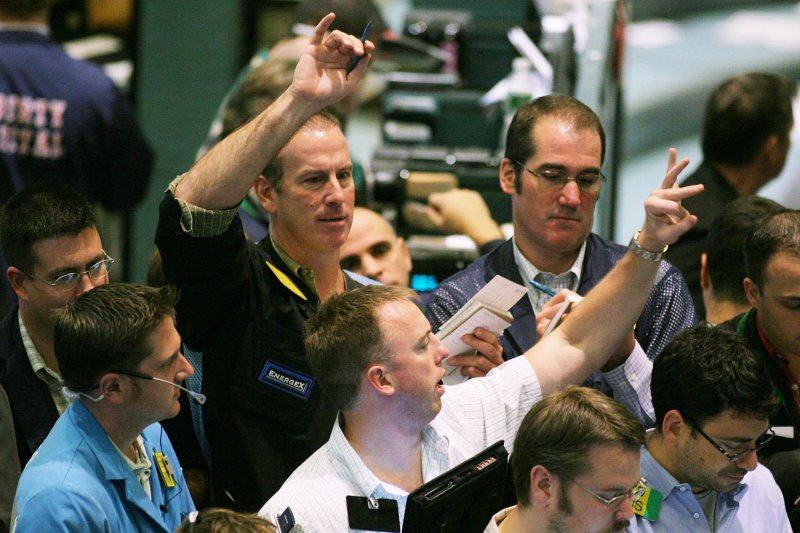Some early indications of market balancing send oil prices higher in early Thursday trading, offsetting some of the losses from the previous session. File photo by Monika Graff/UPI |
License Photo
Jan. 19 (UPI) -- Crude oil prices recovered some lost ground in early Thursday trading after the International Energy Agency found signs of market tightening.
Crude oil prices have moved in wide swings this week as metrics and sentiments emerged on how well members of the Organization of Petroleum Exporting Countries were coordinating on a production agreement meant to offset the glut of oil that dinged the energy market last year.
A report Wednesday from OPEC that North American oil producers were recovering along with crude oil prices sent markets lower. Some recovery emerged early Thursday after the IEA said in its monthly market report that the gap between supply and demand had narrowed even before OPEC in late 2016 agreed on production cuts.
In its report, the IEA said it was too soon to determine whether all parties to the OPEC-led production agreement were in compliance, but said broader market dynamics showed a modest increase in demand growth had balanced against a drawdown in production.
The price for Brent crude oil was up 1 percent about a half hour before the start of trading in New York to $54.46 per barrel. Light, sweet crude -- West Texas Intermediate -- was 1.1 percent above the previous close to $51.63 per barrel.
The rise in crude oil prices since last year has nevertheless brought supply concerns back into the market conversation. Oil prices hit historic lows last year in part because of the oversupply brought on by high shale oil production in the United States. In its report, the IEA said U.S. shale oil has emerged from the downturn last year as a more resilient sector.
On the economic front, European Central Bank President Mario Draghi said there were signs of minor recovery emerging in the region and in the broader global marketplace. Risks, he said, have "tilted to downside" because of global factors.
Nevertheless, OPEC in its latest monthly forecast left demand growth relatively unchanged, in contrast to the increase seen by the IEA. OPEC and non-OPEC ministers meet later this week to review compliance with the production deal and Olivier Jacob, managing director of Switzerland-based consultant Petromatrix, said in an emailed report production figures so far show output is above the planned 32.2 million barrels per day outlined in the agreement.
"OPEC and Russia will meet tomorrow to congratulate themselves about compliance but a rebalancing in the first half requires nothing less than full compliance and no further rebound from Libya and Nigeria," he wrote. "There is not a lot of margin-of-error in the numbers to guarantee a significant global stock-draw in the first half."















